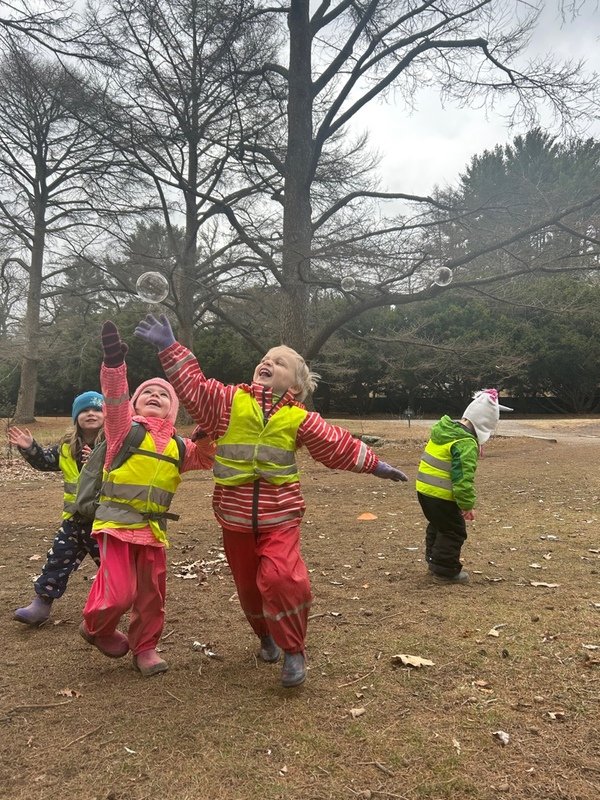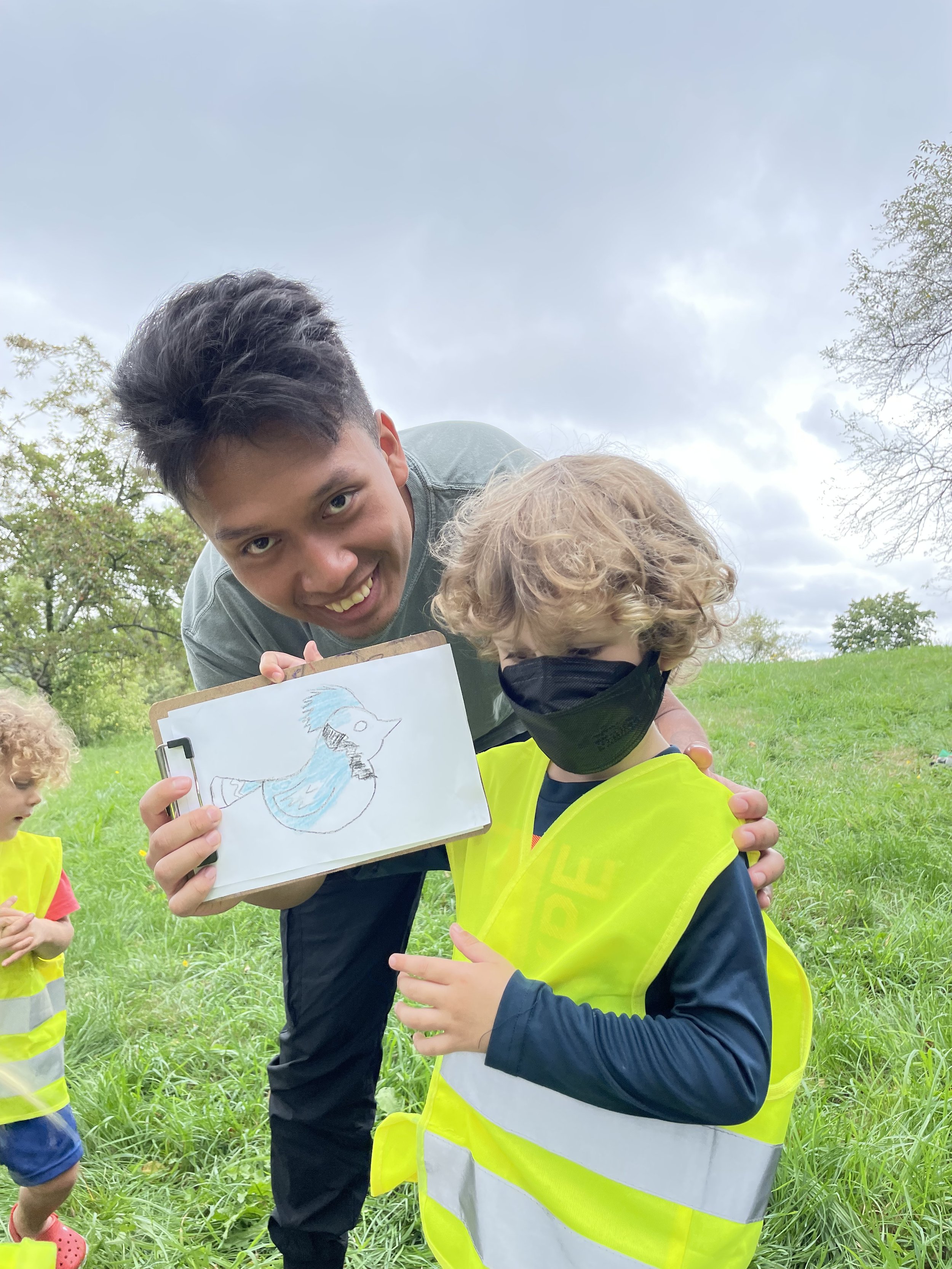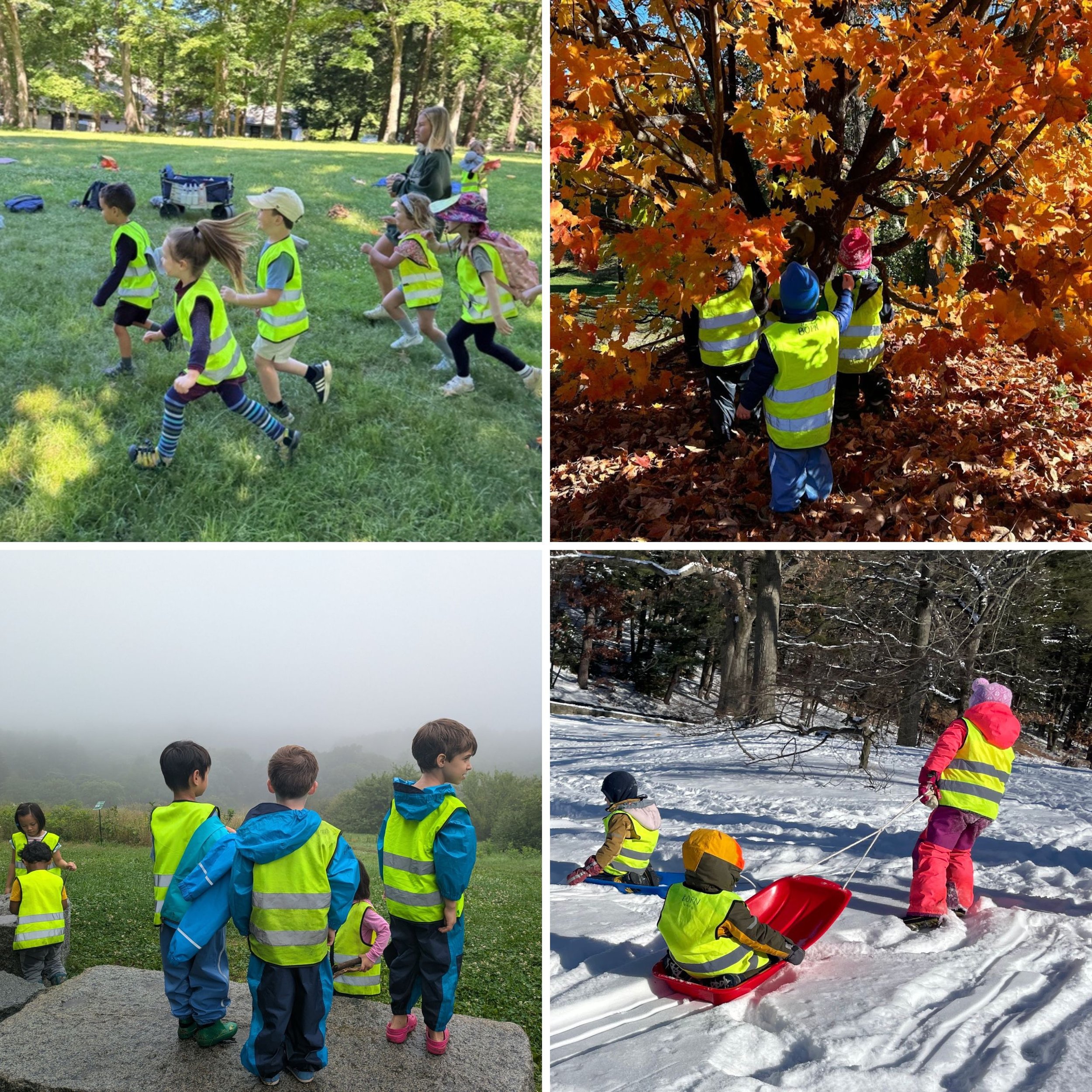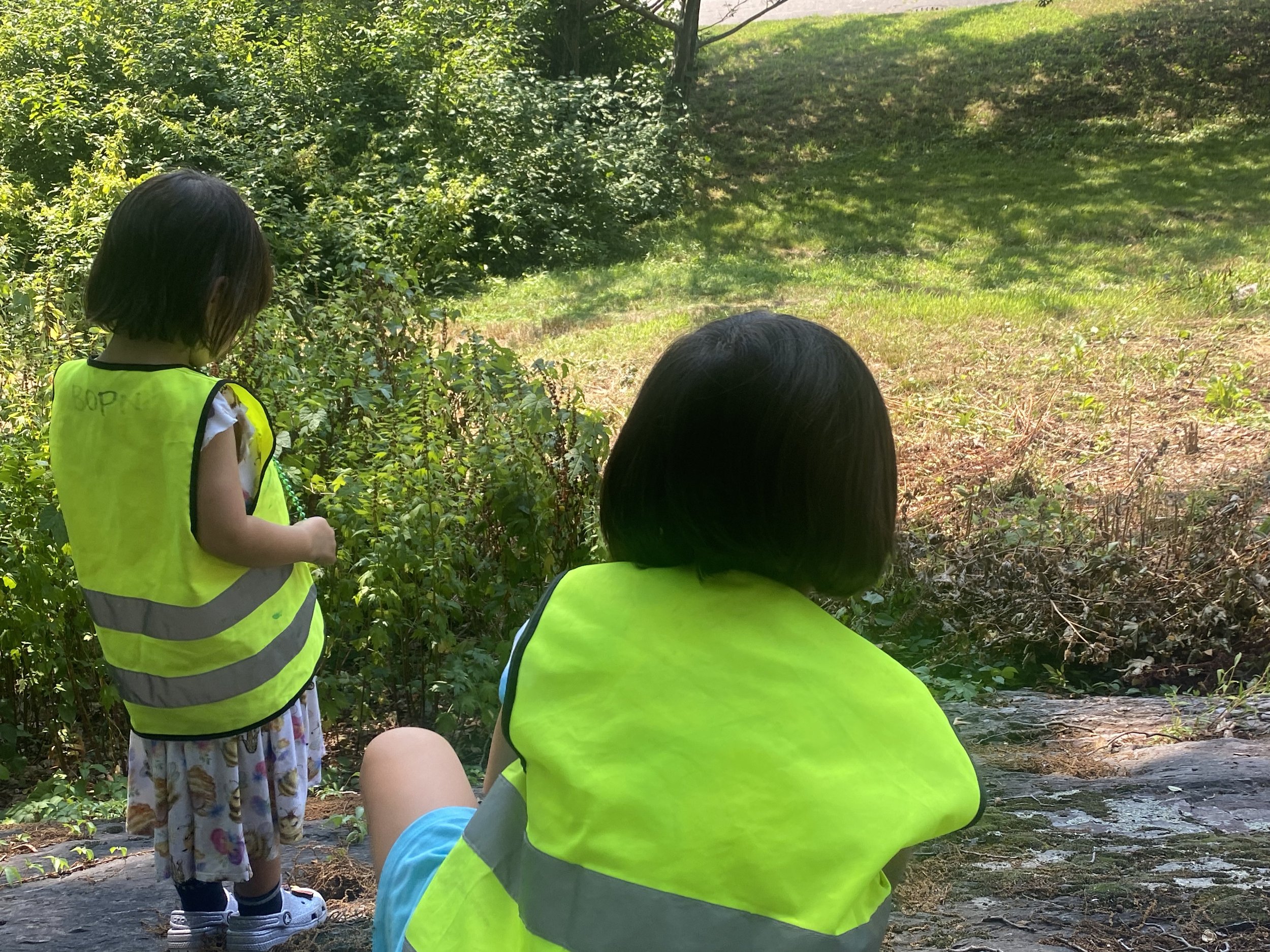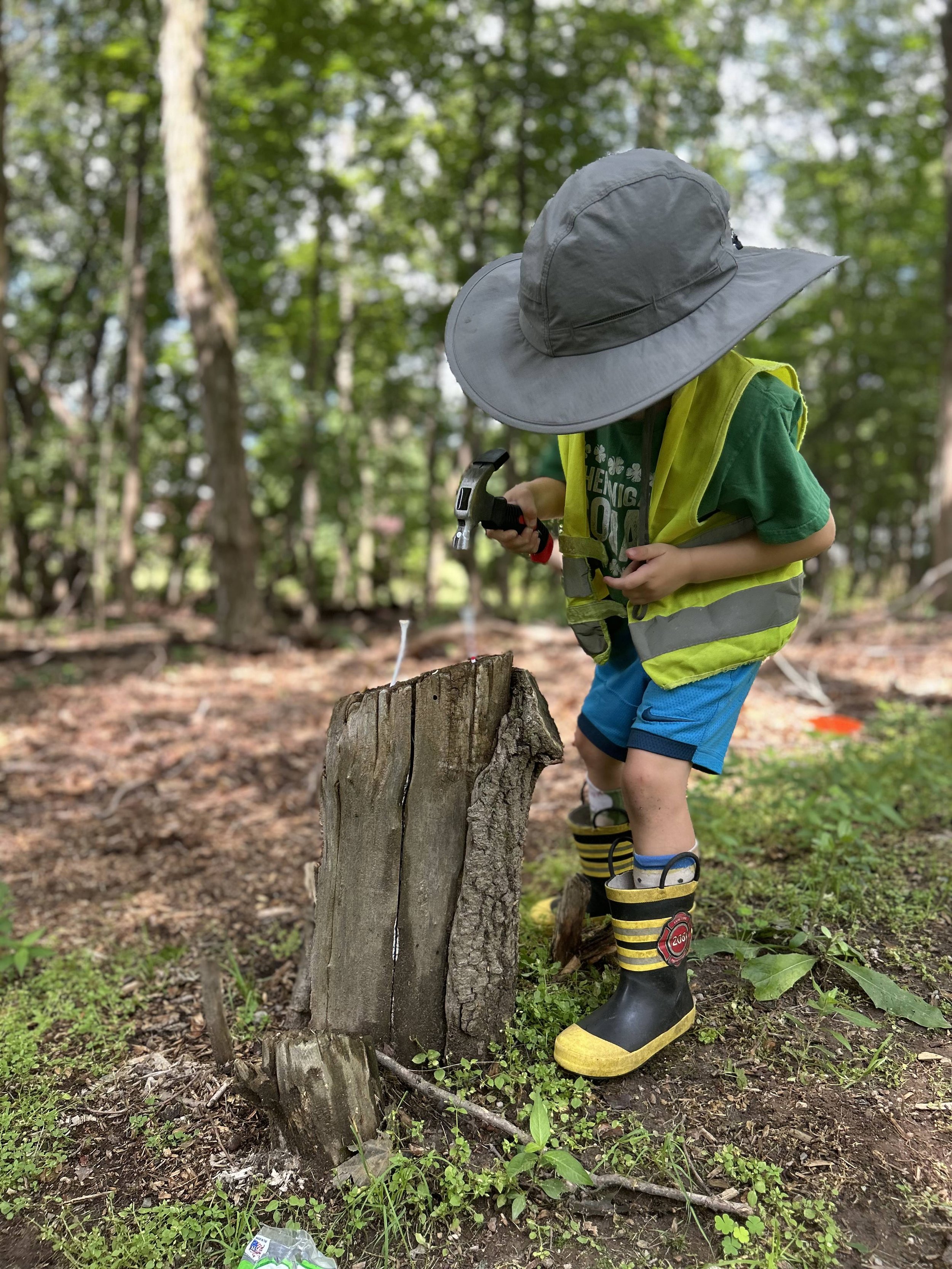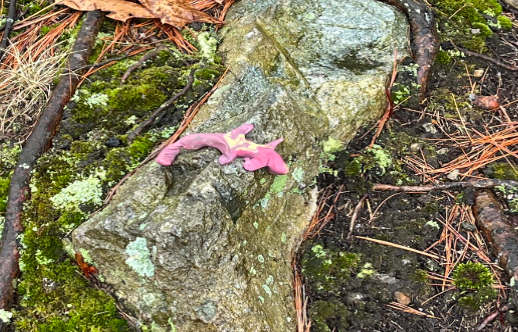Curriculum at BOPN
Our Learning Standards
BOPN combines early childhood and environmental education by following the standards from the book Lens on Outdoor Learning and the NAAEE Guidelines for Excellence in Early Childhood Environmental Education Programs. These standards emphasize child-directed learning, authentic experiences, making connections to previous experience, and culturally appropriate practice.
These standards align with our focus on developing habits of mind:
Curiosity and Initiative
Engagement and Persistence
Imagination, Invention, and Creativity
Reasoning and Problem-solving
Risk-taking, Responsibility, and Confidence
Reflection, Interpretation, and Application
Flexibility and Resilience
Each standard incorporates 3-5 observable behaviors that demonstrate the standard in action. These dispositions are essential to future success in school and in life.
We Learn with Nature
There are three types of learning related to nature:
Learning in nature (doing a traditional classroom lesson outside)
Learning about nature (for example, learning about the parts of a flower)
Learning with nature (learning that stems from children’s interests and nature’s offerings, rather than lesson plans)
While we use all three approaches, we primarily learn with nature.
Our lessons flow organically from the opportunities presented each day.
Teachers support learning by asking questions such as:
“What is different today?”
“How do you think it got that way?”
“What do you notice?”
“What do you think it is?”
“What else could it be?”
We align with Reggio Emilia in our belief that children are fully engaged when their own interests lead learning.
We learn through play
Research shows that play is essential for cognitive, physical, social, and emotional well-being. Play enhances self-regulation, empathy, and the ability to concentrate.
We Follow the Seasons
In fall we find seeds dispersed by animals, wind, and water. We line up umbrella-tree leaves to measure our heights, and look for the furry covering of next year's flower buds.
In winter we spot cardinals, old bird nests, and icicles. We smell the witch-hazel blooms and skunk cabbage, watch the dance of light on snow, and scurry like squirrels.
In spring we mimic the woodpeckers, chipping away at a log's wet bark to find insects. We mark the seasons with song and dance.
Check out the BOPN Blog!
Read articles and observations from BOPN Educators, Staff, and Parents
